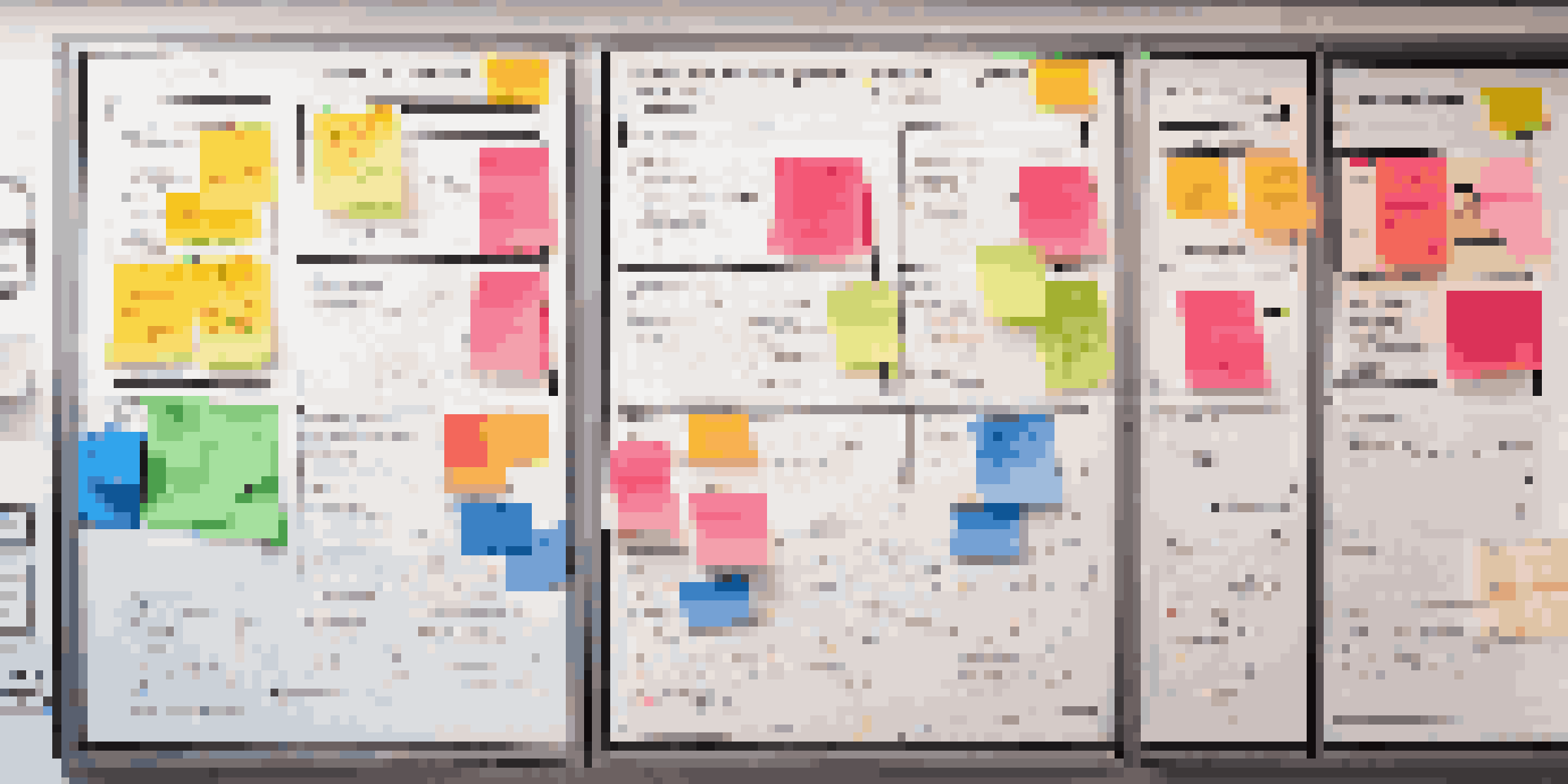Cost Management in Product Development: Best Practices

Understanding Cost Management in Product Development
Cost management in product development involves planning, estimating, budgeting, and controlling costs to ensure a project stays within its financial limits. It's a crucial discipline that can make or break a project, as unexpected expenses can derail timelines and lead to poor product quality. By understanding the overall cost structure, teams can make informed decisions that balance quality, functionality, and budget constraints.
Establishing Clear Cost Objectives and Budgets
One of the first steps in effective cost management is to set clear cost objectives and create a detailed budget. This helps teams understand what resources are available and how they can allocate them efficiently. A well-defined budget acts as a roadmap, guiding the development process and allowing for adjustments when necessary.
Set Clear Budgets for Success
Establishing detailed cost objectives and budgets provides a roadmap for resource allocation and project guidance.
Involving Stakeholders Early and Often
Engaging stakeholders early in the product development process is vital for successful cost management. Their insights can help identify potential risks and provide clarity on expectations, which can ultimately save time and money. By fostering open communication, teams can align on objectives and make collaborative decisions that support the project’s financial health.
Utilizing Cost Estimation Techniques
Employing accurate cost estimation techniques can significantly enhance a team's ability to predict expenses. Techniques like analogous estimating, parametric modeling, and bottom-up estimating each offer unique advantages depending on the project’s complexity. By leveraging these methods, teams can gain a clearer financial picture and avoid unexpected cost overruns.
Engage Stakeholders Early
Involving stakeholders from the beginning helps identify risks and aligns expectations, saving time and money.
Monitoring Costs Throughout the Development Lifecycle
Continuous monitoring of costs during the development lifecycle is essential for effective management. Regularly reviewing expenses against the budget allows teams to catch any discrepancies early on. This proactive approach not only helps in staying on track financially but also empowers teams to make necessary adjustments before issues escalate.
Implementing Agile Methodologies for Flexibility
Adopting agile methodologies can enhance cost management by promoting flexibility and iterative progress. Agile practices encourage teams to evaluate costs in real-time, allowing for quick pivots if a project veers off course. This adaptability can lead to more efficient resource use and better alignment between budget and project goals.
Utilize Cost Estimation Techniques
Employing accurate cost estimation methods enhances teams' ability to predict expenses and avoid overruns.
Emphasizing Cost-Benefit Analysis
Conducting a cost-benefit analysis is a valuable practice that helps teams weigh the potential returns of various product features against their costs. By prioritizing features that offer the highest value for the investment, teams can make informed decisions that enhance product viability. This analytical approach ensures that resources are directed toward initiatives that truly matter.
Learning from Past Projects for Future Success
Finally, reflecting on past product development projects can provide valuable insights for future endeavors. By analyzing what worked well and what didn’t in terms of cost management, teams can refine their strategies. This culture of learning not only fosters continuous improvement but also strengthens a team's overall financial acumen.